10 Plants You Should Never Grow Together
Avoid these common companion planting mistakes in your vegetable or herb garden.
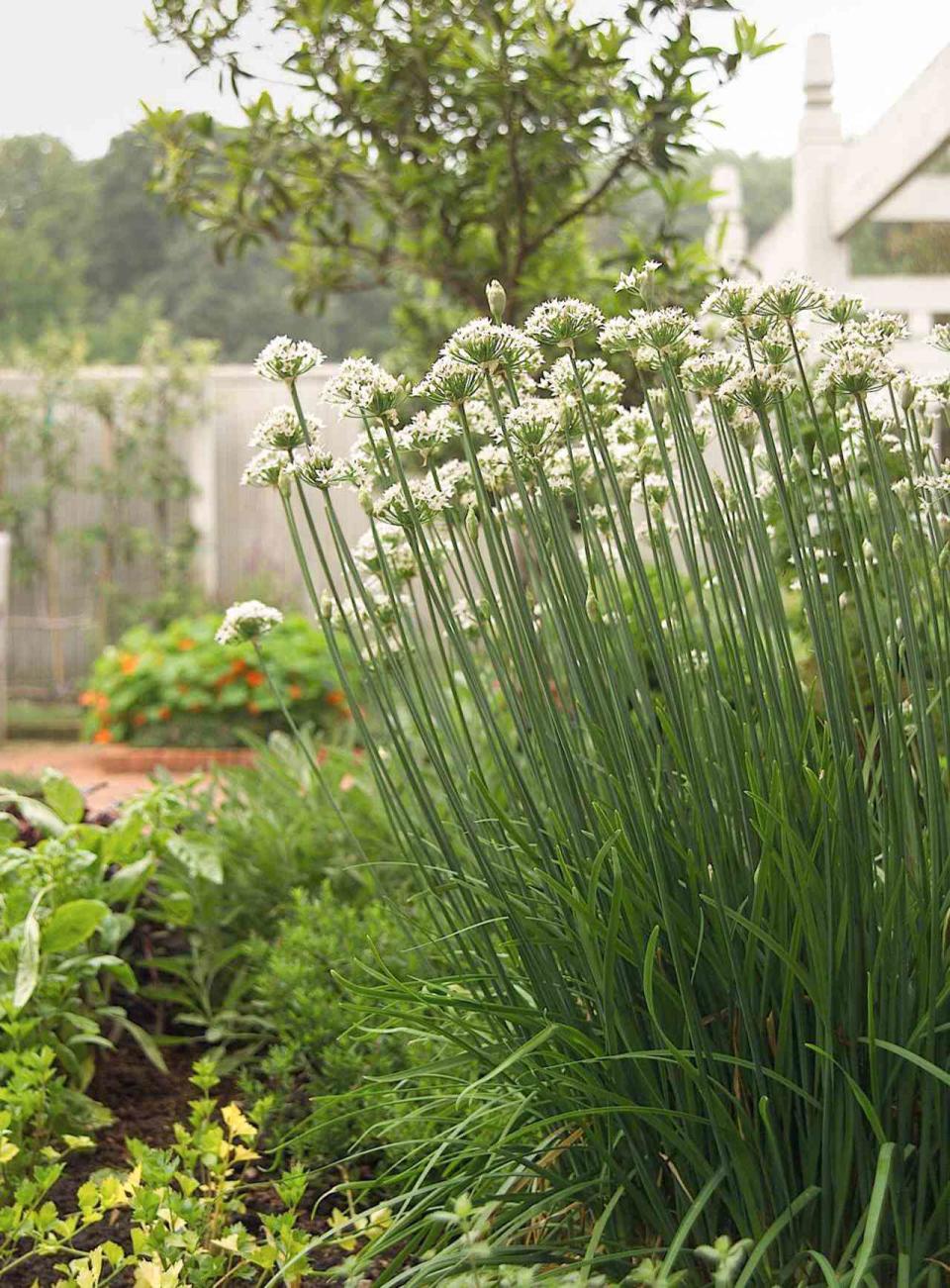
Companion planting is one of the best ways to control pests naturally and boost the growth of vegetables, herbs, and flowers. However, as useful as this gardening practice can be, not all plants make good partners in the garden and there are some plants that you should never grow together. Bad companion plants can suppress the growth of their neighbors, compete with each other for light and nutrients, and even draw in pests. In this guide, you'll find 10 worst companion planting mistakes to avoid.
Fennel and Most Herbs and Vegetables
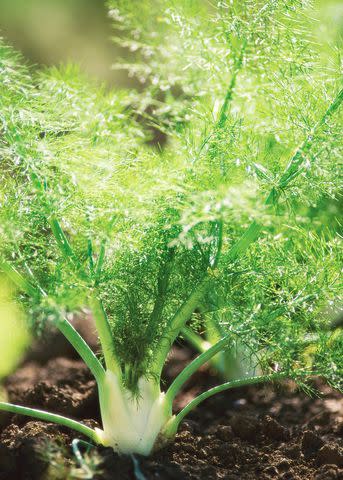
When it comes to companion planting, fennel is one of the trickiest plants to work with because it doesn’t grow well with most plants. As it grows, fennel releases compounds into the soil that can suppress the growth of nearby herbs and vegetables or cause them to bolt. Additionally, fennel can cross-pollinate with other related plants, like dill, reducing the flavor and quality of seeds.
While this can make growing fennel near other plants a challenge, fennel can grow beautifully in pots placed throughout your garden. When kept in containers, fennel won’t impact the growth of other plants and its flowers will attract pollinators and other beneficial insects to your garden.
Related: Plant These Herbs to Grow Together a Flavorful Container Garden
Brassicas with Strawberries
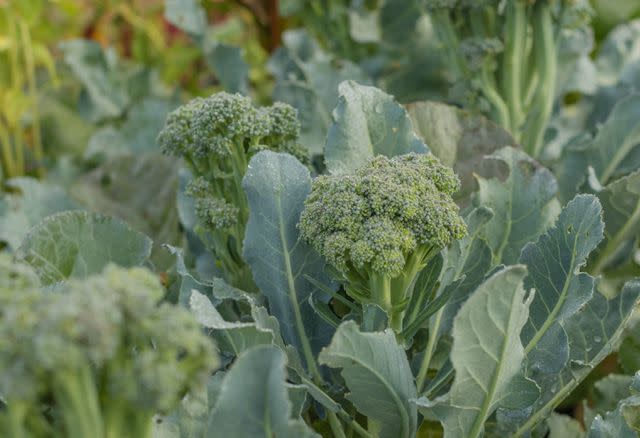
Bob Stefko
Brassicas, including broccoli, cabbage, and Brussels sprouts, are often targeted by cabbage loopers, which can riddle their leaves with holes. Unfortunately, these pesky insects aren’t picky eaters and they can devour other fruit and vegetable plants too. Specifically, strawberries that are grown near brassica plants are much more likely to develop cabbage looper infestations. So, when you’re looking for a spot to place your strawberries, steer clear of your brassica vegetables.
Sage with Cucumber
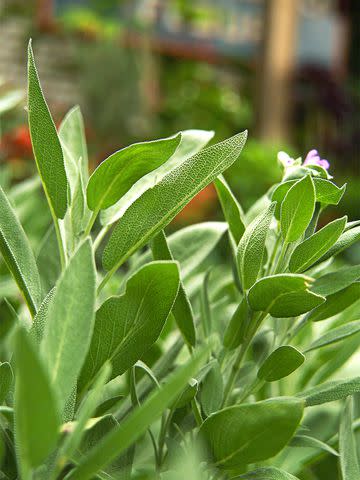
Several aromatic herbs, like dill and oregano, can offer a lot of pest protection to cucumber vines, but not all herbs make good cucumber companions. Sage, for instance, limits the growth of nearby cucumber vines and reduces harvests too. Plus, sage and cucumbers have different watering needs and growing them in the same area will often result in overwatered sage or underwatered cucumbers.
Alliums with Asparagus
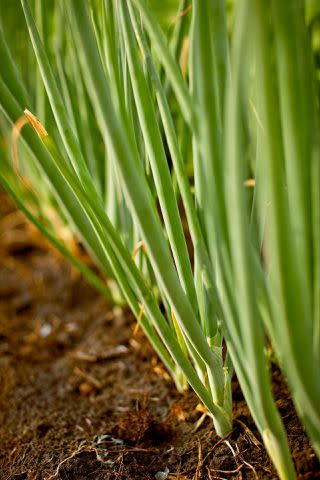
Onions, garlic, and other allium plants have a strong scent, which naturally repels many garden pests. While this makes alliums great companions for most vegetables and herbs, asparagus and alliums just don’t mix. Alliums appear to inhibit the growth of asparagus and their large bulbs can interfere with asparagus crowns. Even worse, when you start harvesting alliums, it can disturb your perennial asparagus plants and make them less likely to grow.
Related: 10 Best Asparagus Companion Plants to Grow Together
Legumes and Alliums
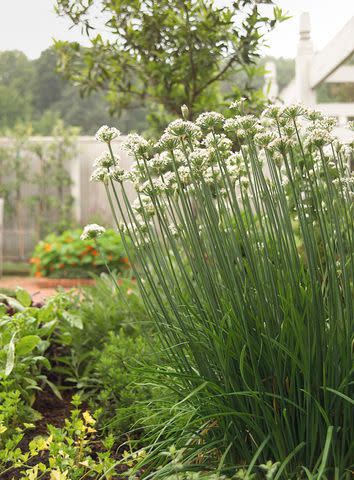
In addition to asparagus, alliums also don’t grow well with legume plants, including beans and peas. When interplanted together, alliums can stunt the growth of legume plants and reduce harvest yields. What’s more, onions and other alliums have natural antibacterial properties that may inhibit the nitrogen-fixing bacteria on the roots of legume plants.
Tomatoes and Corn

Dean Schoeppner
Corn and tomatoes both make good salsas, but these two plants aren’t good partners in the garden. Tomatoes and corn are both vulnerable to corn earworms (also known as tomato fruit worms) and growing these plants together can make it easier for pests to spread throughout your crops. Additionally, corn and tomatoes are both heavy feeding plants and they can compete with each other for nutrients in the soil.
Related: 10 Best Companion Plants for Corn
Dill and Carrots

Dill and carrots are both members of the Umbellifer family and they have similar growing needs. However, these plants are so closely related that they can potentially cross-pollinate with each other and create poor quality hybrid seeds. Beyond that, dill can attract carrot flies to your carrots and these voracious pests chew holes in root vegetables.
Cabbage with Grapes
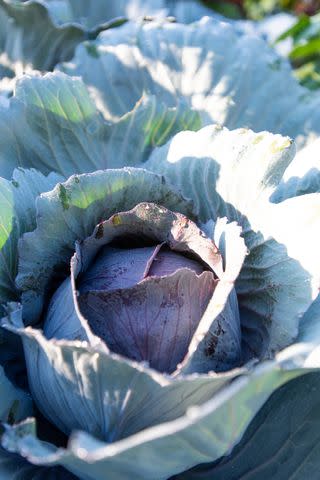
Kindra Clineff
If you have the space for grape vines in your garden, they add lots of charm to your growing space and even provide some light shade for plants that don’t do well in full sun. But one plant you should keep away from grape vines is cabbage. When grown together, cabbage and grapes can stunt each other’s growth, which is likely due to the fact that these water-loving plants compete with each other for soil moisture. Other brassica plants, like broccoli and kale, may also not be the best choices for growing near grape vines.
Potatoes with Tomatoes
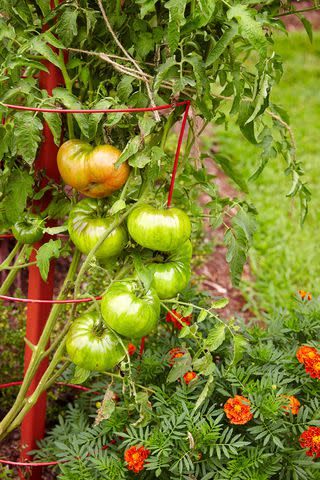
Potatoes and tomatoes both belong to the nightshade family and they can be susceptible to many of the same pests, including tomato hornworms and Colorado potato beetles. Growing these plants together makes it easier for pests to move rapidly from plant to plant, wreaking havoc on you edible crops and stripping your plants of leaves. These pests can even overwinter in the soil, so it’s essential to rotate all nightshade crops on a 3 to 5 year cycle.
Related: 10 Best Tomato Companion Plants to Grow
Rue with Basil
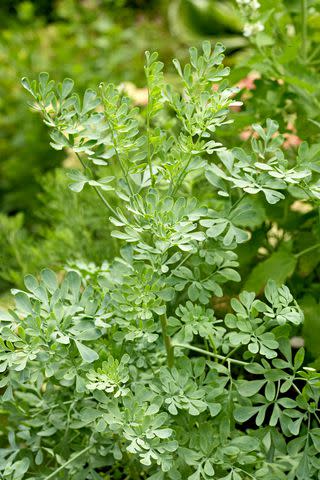
Rue is commonly used as a medicinal herb and it’s often grown in pollinator gardens to attract butterflies and other beneficial insects. But while this plant has plenty of uses, it may not be the best choice to add to your culinary herb garden. Basil and rue plants have a mutual dislike for each other and they can inhibit each other’s growth.
When it comes to companion planting, it’s important to know what plants do and do not grow well together. If at all possible, avoid the plant pairings in this guide. If you still want to grow these plants together in your garden, be sure to space them out so they don’t inhibit each other’s growth.
For more Better Homes & Gardens news, make sure to sign up for our newsletter!
Read the original article on Better Homes & Gardens.

